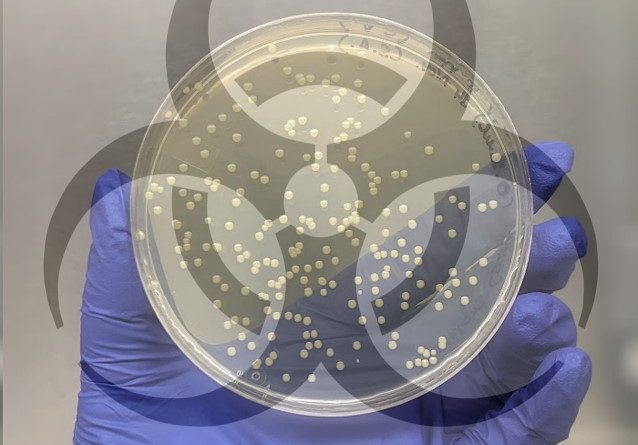The core elements of biosafety and biosecurity in a microbiology laboratory handling regulated materials
In Canada, laboratories handling and storing Risk Group 2, 3 and 4 microorganisms are regulated by the Public Health Agency of Canada. A good day in the microbiology laboratory is when nothing “bad” happens. How do we ensure that safety is not overlooked in all the hustle of laboratory work at SteriLabs?
SteriLabs is a containment zone licensed by the Public Health Agency of Canada (PHAC) and is an ISO17025-accredited laboratory. A biosafety culture has been implemented at SteriLabs throughout the years to maintain compliance with the Canadian Biosafety Standards (CBS).
What is biosafety?
Biosafety refers to containment principles, technologies, and practices that are implemented to prevent unintentional exposure to regulated materials, and their accidental release (CBS, 3rd Edition 2022).
The Canadian Biosafety Standard is the national standard for facilities where regulated pathogens and toxins are handled or stored. CBS outlines the physical containment, operational practices and testing requirements to ensure the safe handling and storing of human pathogens. The Canadian Biosafety Handbook (CBH), the national guidance document for the safe handling and storing of human and terrestrial animal pathogens and toxins in Canada, is a companion document to the CBS.
What are the core elements of a biosafety program?
A biosafety program incorporates a wide range of actions with the intent of identifying biosafety and biosecurity risks associated with regulated materials and implementing appropriate risk mitigation strategies. The complexity of the biosafety program depends on the type of activities performed by an organization. The core elements of a biosafety program are as follows:
- A strong biosafety culture contributes to the success of a biosafety program.
- The Plan for AdministrativeOversight for Pathogens and Toxins sets out administrative measures for managing and controlling biosafety and biosecurity risks. The plan covers 10 elements and is submitted as part of the licence
- The Institutional Biosafety Committee meets regularly to discuss biosafety-related matters
- Risk assessment (Project Specific, Overarching, Local)
- Standard Operating Procedures, Work Instructions, Policies, specific work practices
- Training program
Plan, Do, Check, Act cycle (Biosafety program management, PHAC, 2023)
Why is a biosafety program important?
The use of biohazardous materials is closely monitored at SteriLabs. SteriLabs uses information related to the biosafety risk group, containment requirements according to CBS, Health Canada Risk Group database and Pathogen Safety Data Sheets. SteriLabs employs the use of Risk Group 1 and Risk Group 2 microorganisms to perform the following tests:
- Growth promotion test
- Method suitability test
- Sterilization validation studies
- Disinfection Testing
- Bioburden recovery
- Neutralization studies
Contact the SteriLabs team to learn more about how to launch and maintain an effective biosafety and biosecurity program that complies with the PHAC regulations.

